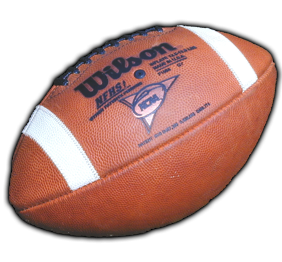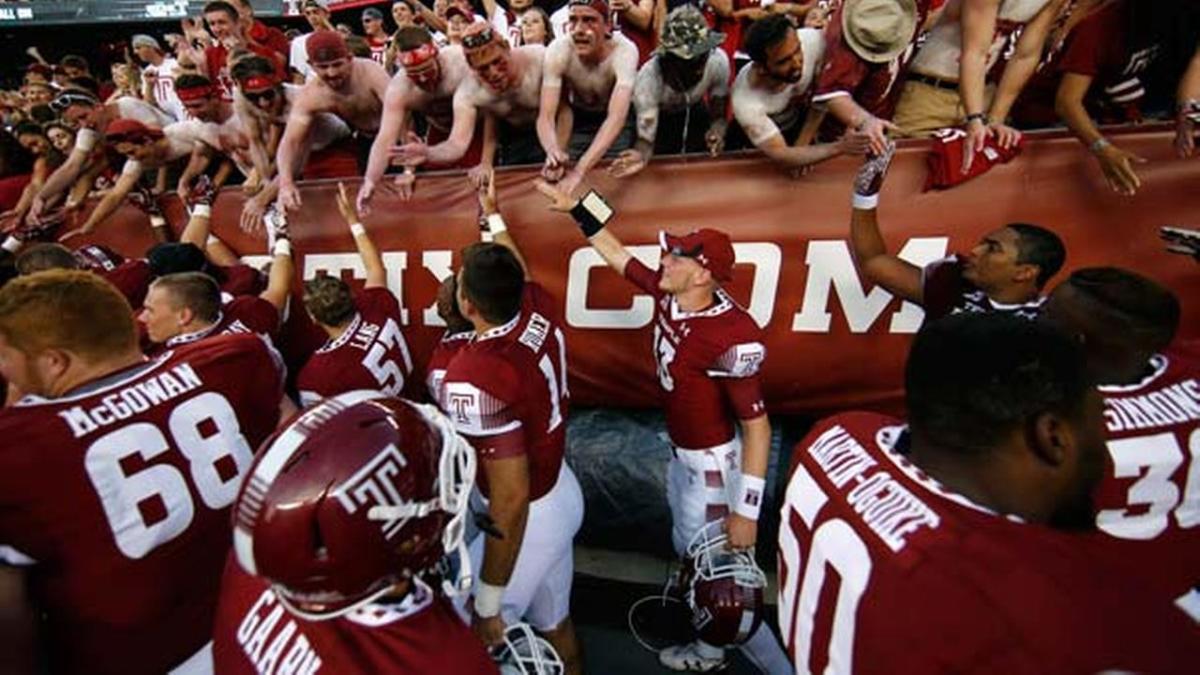And yet the discussion is still about how athletic success in football translates to financial success for the entire University. It's still big business and it is still about making money. Feelings of academic superiority aside.
For the University of Alabama, it isn't just that student attendance has increased exponentially. But the type of student matters much more than just a number. And translates into cold hard cash.
Not only has Alabama increased its annual enrollment by about 60%, but the overall composition of its student body has significantly changed also. For example, when Nick Saban arrived in 2007, the majority of Alabama’s freshmen class was composed of students paying in-state tuition. Today, only about 40% of the university students are from Alabama, with over 56% coming from elsewhere in the United States, and the remaining 4% is international.
That’s important for several reasons, but mostly financially. Alabama’s out-of-state enrollment increased from about 12,000 students in 2011 to more than 22,000 students in 2020.
Those students pay about 3x more in annual tutuion than an in-state student — $30,000 vs. $10,000 — which means that 10,000 additional students paying $20,000 annually is worth about $200 million to the universtiy (10,000 x $20,000 = $200M).
Fact is, Alabama will cover a portion of that through scholarships, like everyone else, but even if you take 50% of it away, that’s still $100 million. Also, don’t forget that students pay tuition annually, meaning that Alabama now reaps this ~$200 million benefits every year regardless of its athletic performance.



